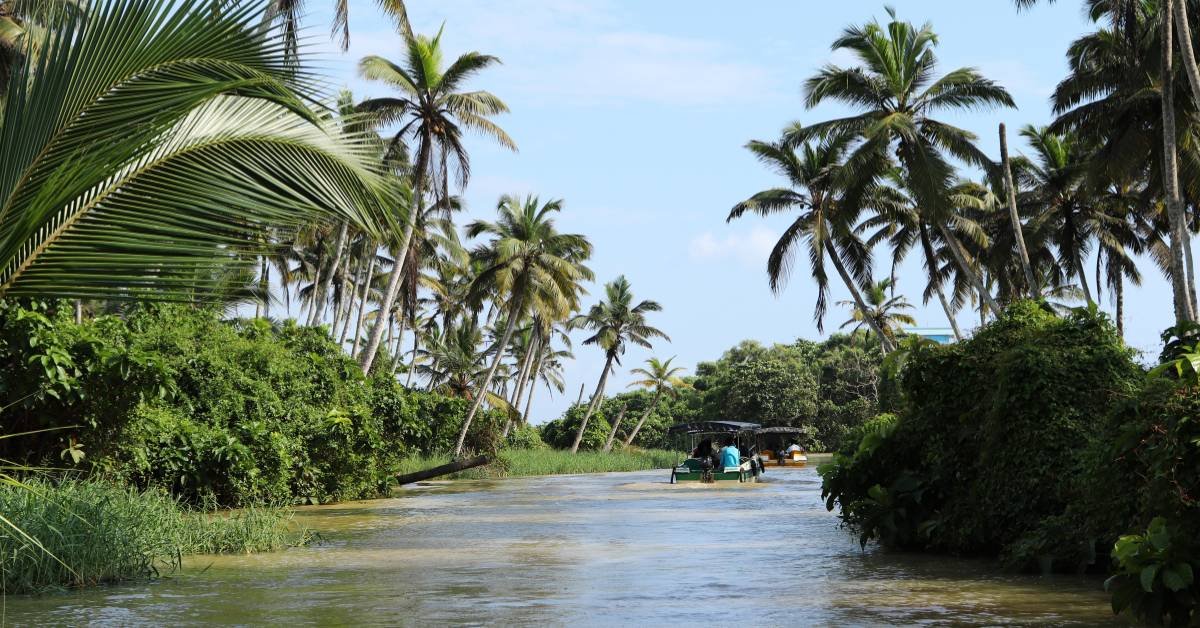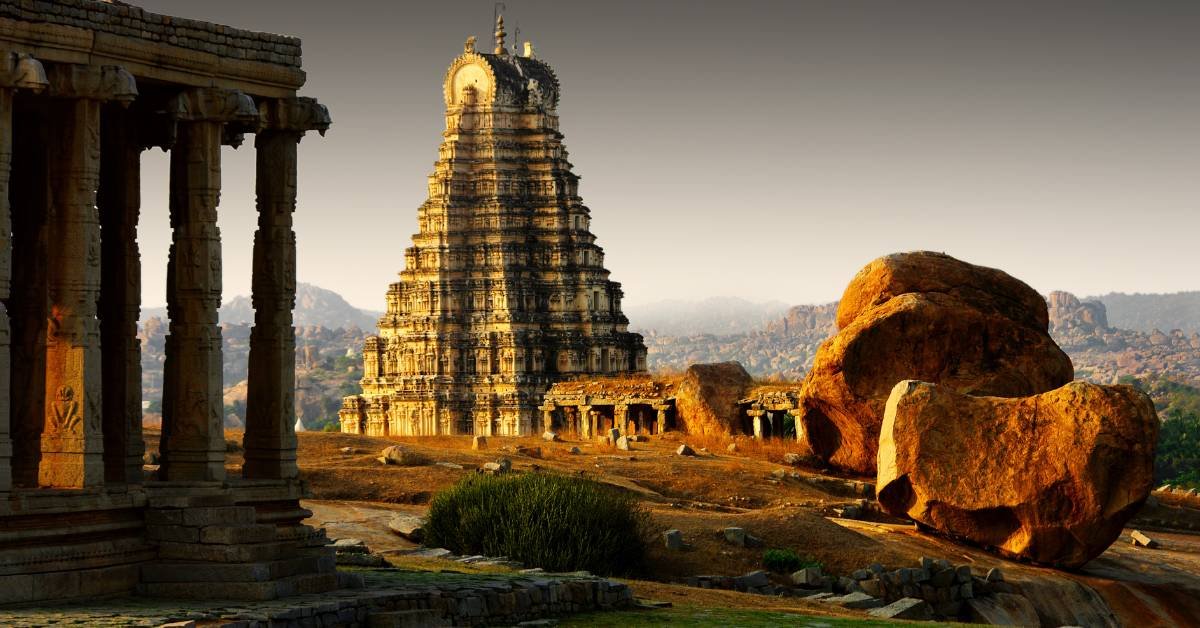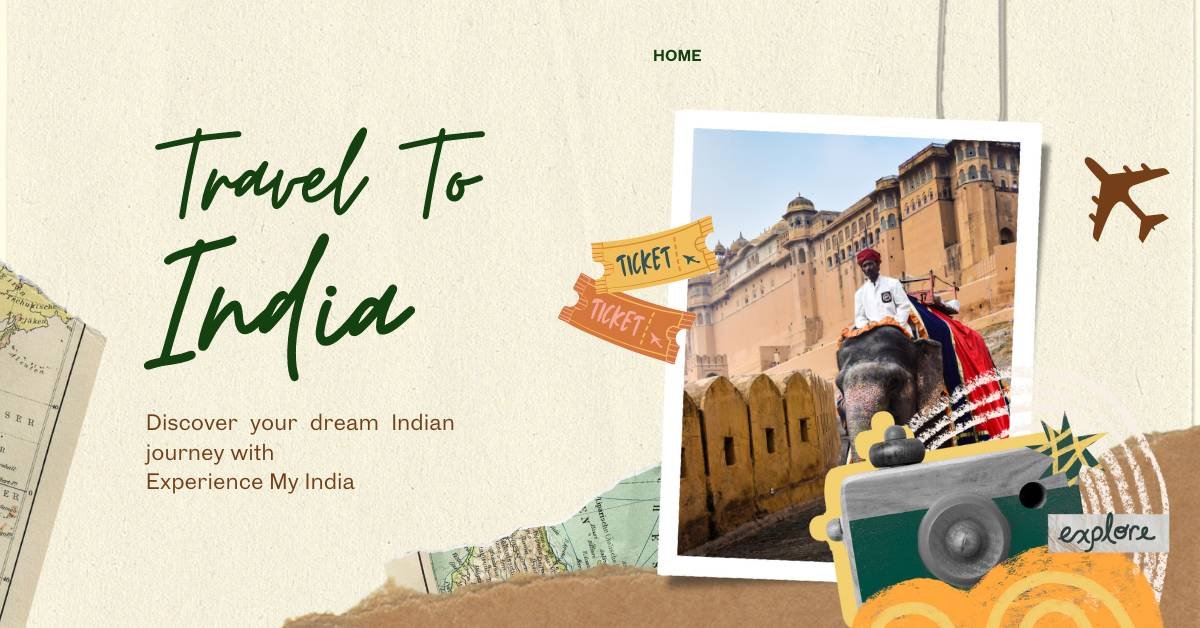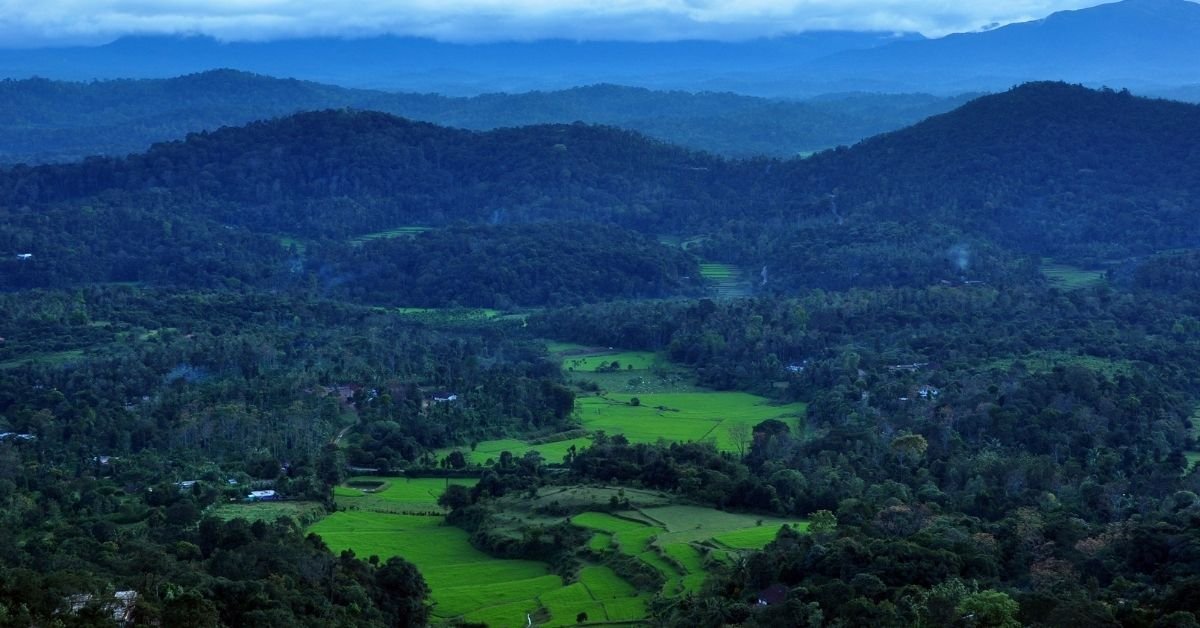A journey to Ranthambore is not like a visit to another city. It is not about streets, markets, or monuments alone. It is about the jungle — a place where silence has its own weight, where the rustle of a leaf carries meaning, and where every path feels like it might suddenly reveal a tiger. A Ranthambore Trip is not only a safari; it is an entry into a world that still belongs to the wild.
Why Choose a Ranthambore Trip
When you enter Ranthambore, the first thing you feel is space. Dry forests stretch out, dotted with lakes and cliffs. The air smells of dust and grass. Somewhere, a peacock may dance in the open. Somewhere, the alarm call of a deer may echo — a signal that the tiger is near.
A Ranthambore Trip is not just about seeing a tiger, though that is what most visitors dream of. It is about being inside a living forest. Leopards, sloth bears, marsh crocodiles, hyenas, and hundreds of birds live here. Over it all, the old Ranthambore Fort stands like a guardian, reminding you that even kings once walked these paths.
This mix of nature and history makes Ranthambore special. It is wild, but it is also timeless.
Ranthambore Safari Booking – Entering the Jungle
The jungle opens its doors only through the safari. Two slots — morning and afternoon — decide when you can enter. The morning begins around 6:30 AM, when mist still lingers on the grass. The afternoon starts around 2:30 PM, when the sun softens and shadows grow long. Each safari lasts three hours.
For Ranthambore Safari Booking, you can choose between a Gypsy (six seats) or a Canter (twenty seats). The Gypsy feels more personal; the Canter carries the energy of a group. Both take you into one of the ten zones of the park. Each zone has its own mood — a lake where crocodiles bask, a cliff where leopards hide, or a clearing where tigers often cross.
Bookings fill quickly. In peak months, weeks in advance. That is why it is better to book early, so the forest does not close its doors on you.
Best Time to Visit Ranthambore
The jungle is not the same in every season. In winter, from October to February, the air is cool, the mornings misty, and animals move at ease. Photographers love this season, for the light is soft and golden.
In summer, from March to June, the heat can be harsh, but this is the season when tigers are seen most often. They come out to drink water, rest near lakes, or walk openly across dusty trails.
During the monsoon, the park closes from July to September. Only the fort and some buffer areas remain open.
So, the best time to visit Ranthambore depends on what you seek. Comfort belongs to winter. Sightings belong to summer. The choice is yours.

Ranthambore National Park Itinerary – A Slow 3-Day Plan
A Ranthambore National Park Itinerary should not be rushed. The jungle does not open its heart in a single drive. Three days are enough to breathe with its rhythm.
Day 1 – Arrive at Sawai Madhopur. Rest for a while. In the afternoon, take your first safari. The first entry into the jungle always feels like stepping into a different world.
Day 2 – Begin early. The morning safari often brings surprises — fresh pugmarks on the trail, the sudden call of a sambar deer. Return for breakfast, then climb up to the Ranthambore Fort. Its walls rise above the jungle, and from the top, you can see the forest stretching endlessly. Another safari waits in the afternoon, perhaps in a different zone.
Day 3 – Take one more safari, for every ride is different. Sometimes the tiger appears, sometimes not. But the forest always offers something new — a bird call, a breeze, a memory to take home.
Then depart, carrying the quiet of the jungle with you.
What to Expect on a Ranthambore Trip
Do not expect the tiger to wait for you. Sometimes the safari passes without a single sighting. Yet those hours are not empty. You may watch langurs playing on branches, a crocodile slipping into the lake, or a family of wild boars digging the earth.
And then, sometimes, the tiger comes. Silent, sudden, walking across the path with a grace that belongs only to the wild. That moment makes the waiting worthwhile.
A Ranthambore Trip is like that — uncertain, but always alive.
Tips for Travellers
- Book your safaris well in advance.
- Carry an ID card for entry.
- Wear neutral-coloured clothes; bright colours disturb the animals.
- In summer, carry water and caps.
- Do not speak loudly or make sudden movements.
- Respect the jungle — it belongs to its creatures, not to us.
Where to Stay
Sawai Madhopur, the town nearest to the park, offers everything from simple lodges to luxury resorts. Many of these places arrange safaris, provide early tea before morning drives, and even host evenings with folk music and dance. Staying close to the entry gates helps you start early and return with ease.
Experience My India – Your Travel Companion
At Experience My India, we shape a Ranthambore Trip the way it should be — simple, comfortable, and close to the jungle’s heart. From Ranthambore Safari Booking to stays, guides, and itineraries, we take care of details so you can simply listen, watch, and feel.
Whether you want a family-friendly trip, a photographer’s safari, or a quiet retreat, we let Ranthambore show itself to you at its own pace.
Final Thought
A tiger may or may not appear. That is the truth of the forest. But a Ranthambore Trip gives you something more lasting. The sight of a deer standing still, the sound of wind moving through dry trees, the ancient walls of the fort watching silently from above.
Contact Experience My India Today:
📞Call Us: +91 7037550028
📲WhatsApp Us: +91 7037550028
🌐Visit Our Website: Experience My India
In the jeep, as dust rises on the trail and the sun lowers over the jungle, you realize — this is not just a trip. It is a meeting with a world that was here before us, and will remain long after.
FAQs – Ranthambore Trip
Q1. How do I reach Ranthambore?
The nearest railway station is Sawai Madhopur, well connected to Delhi and Jaipur.
Q2. How can I do Ranthambore Safari Booking?
Safaris can be booked online through the Rajasthan government portal or with travel partners like Experience My India.
Q3. What is the best time to visit Ranthambore?
From October to March for pleasant weather, or April to June for higher chances of tiger sightings.
Q4. How many safaris should I plan?
At least 3 to 4 safaris give you better chances of spotting a tiger.
Q5. What are the safari timings?
Morning: 6:30 AM – 9:30 AM; Afternoon: 2:30 PM – 5:30 PM.
Q6. Which zones are best for tiger sightings?
Zones 2, 3, and 4 are often popular, but each zone has its own charm.
Q7. Are children allowed in safaris?
Yes, children above 5 years are allowed but must be supervised.
Q8. What should I wear?
Neutral-coloured clothes — brown, green, beige. Avoid bright colours.
Q9. Can I book a private safari?
Yes, exclusive Gypsy bookings are available at higher cost.
Q10. Can I carry food inside the park?
No, food is not allowed. Only water bottles are permitted.

















